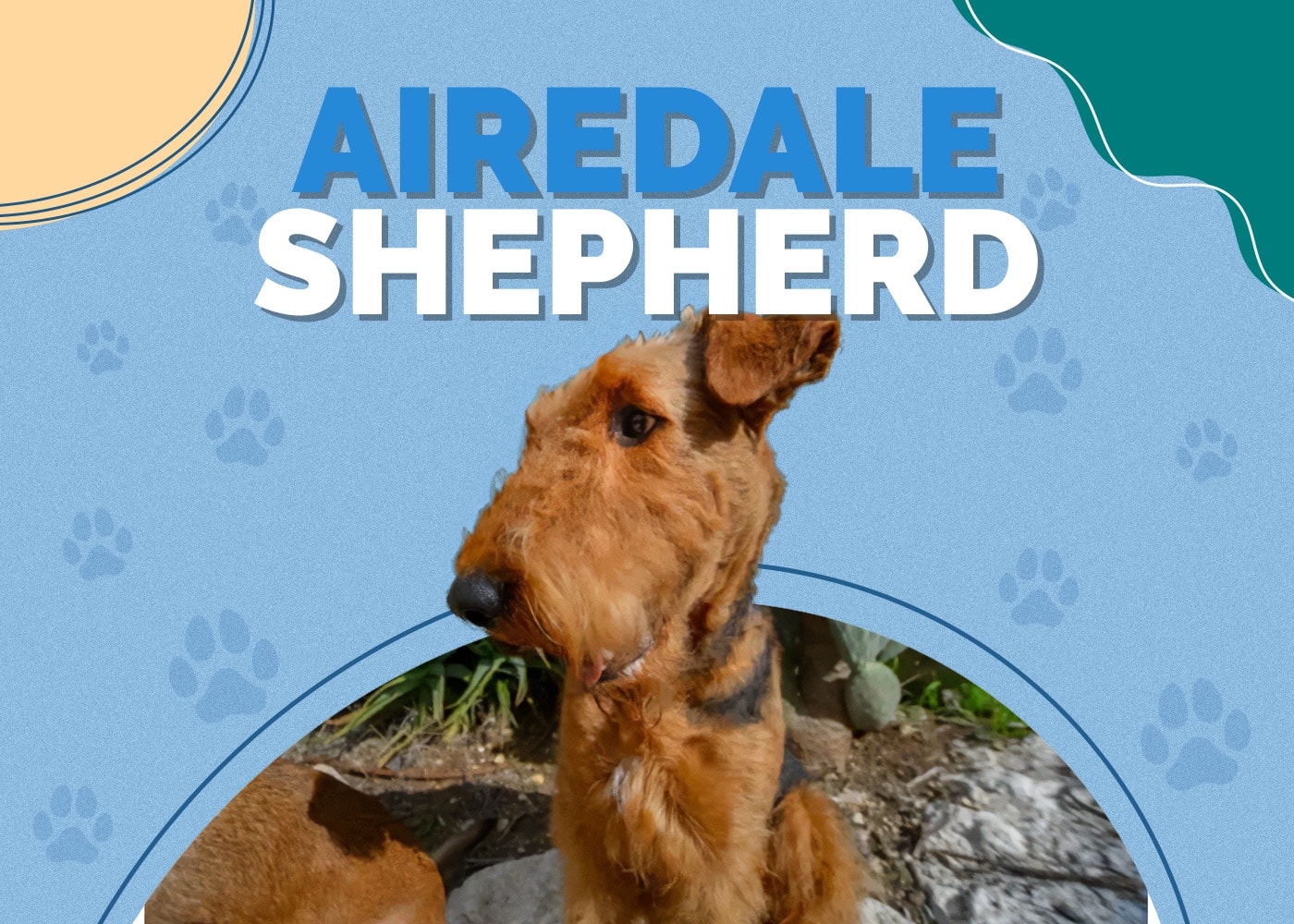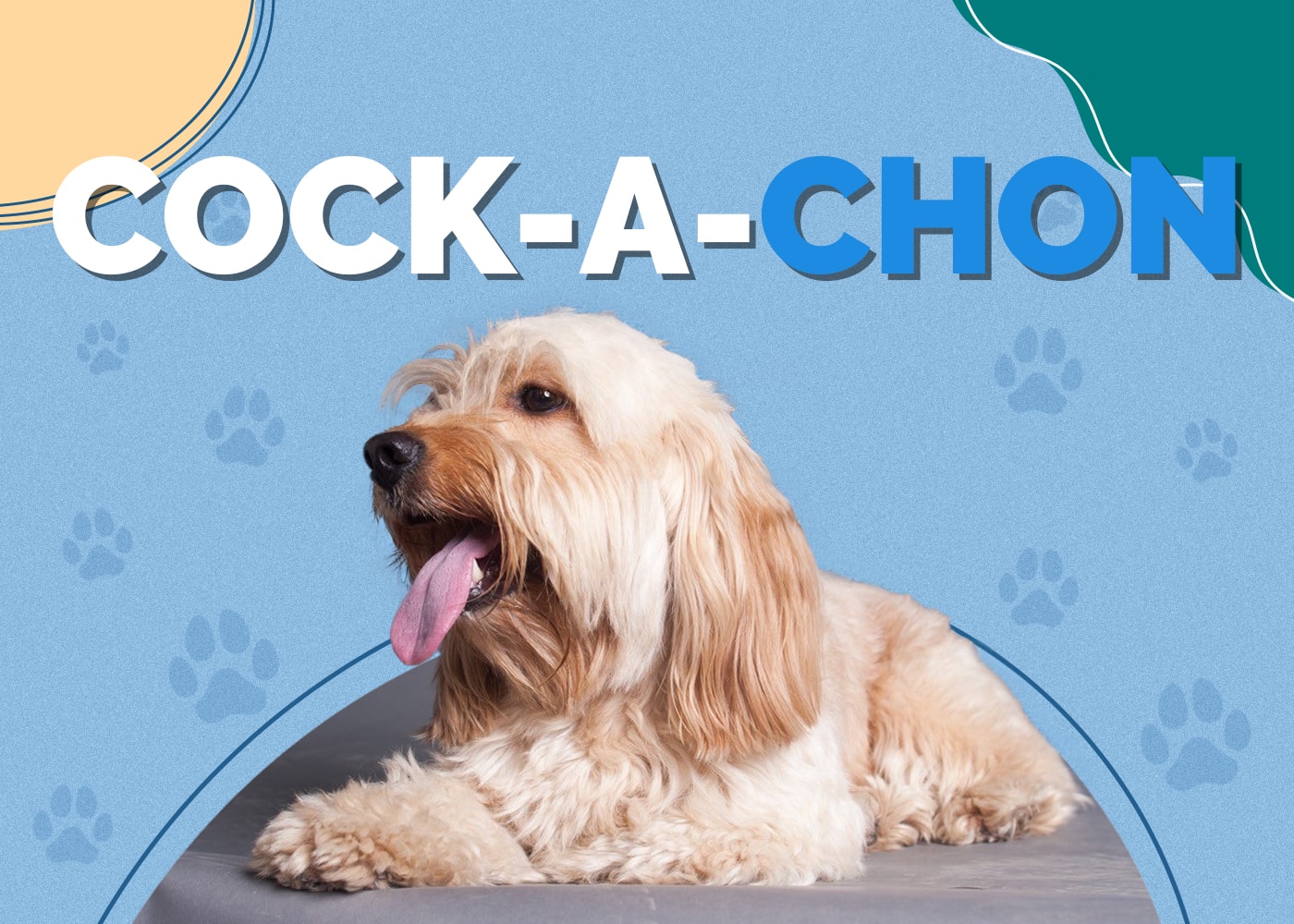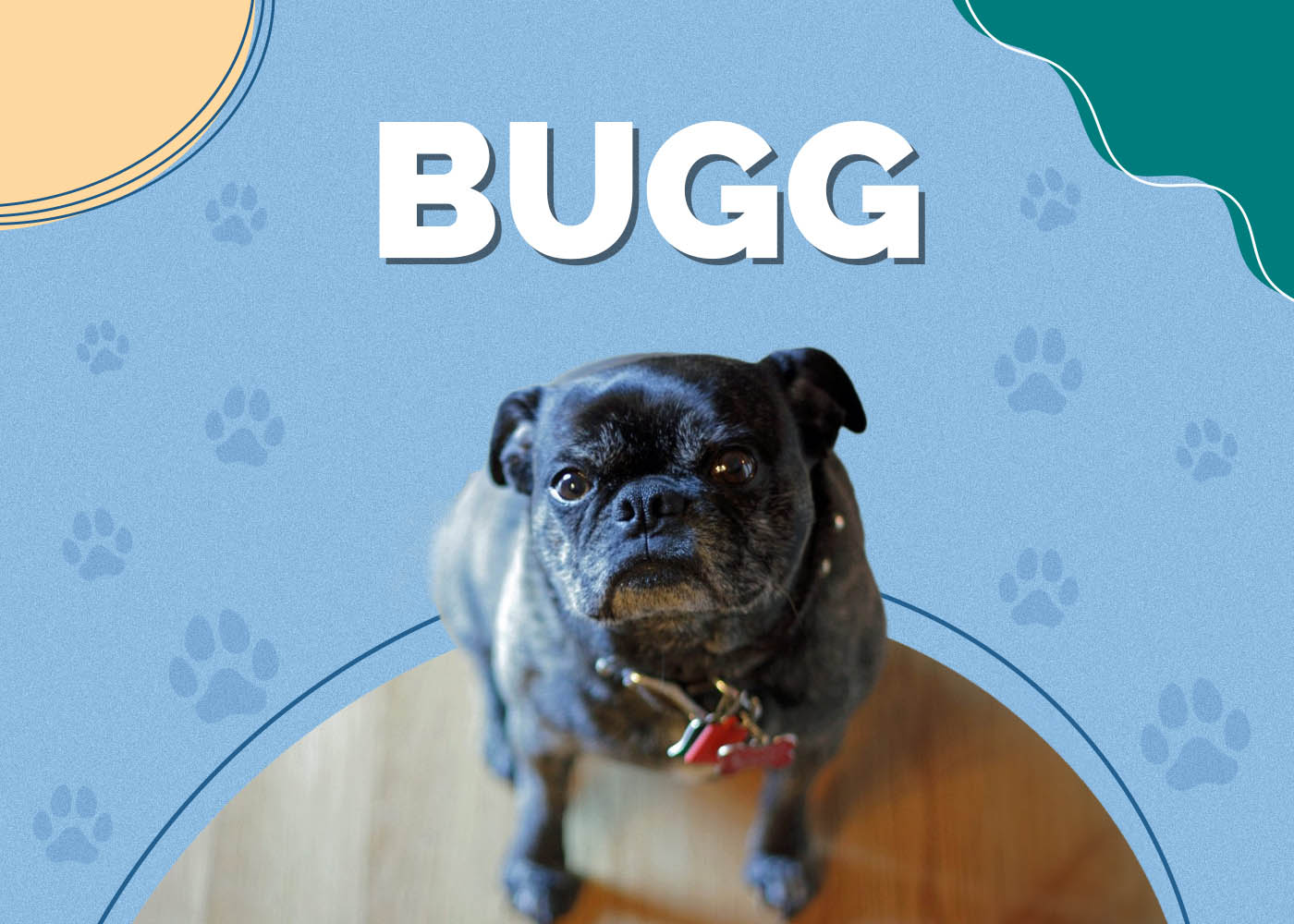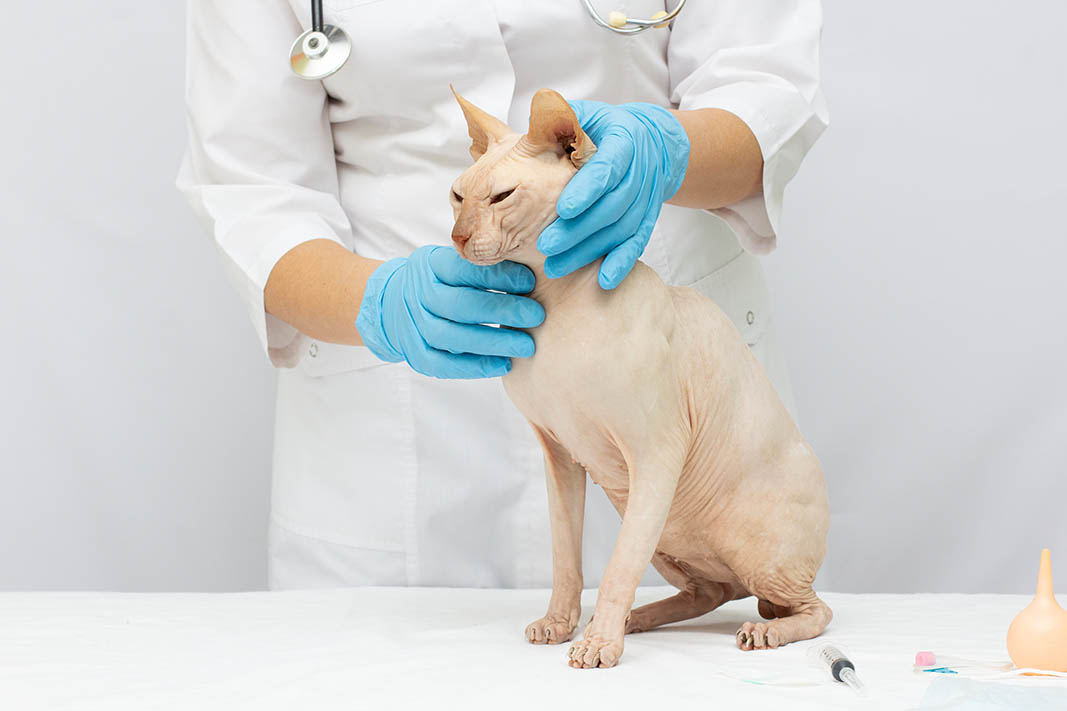Doxie Scot (Dachshund & Scottish Terrier Mix): Info, Pictures, Characteristics & Facts

Updated on

| Height: | 8–10 inches |
| Weight: | 15–28 pounds |
| Lifespan: | 12–14 years |
| Colors: | Black, tan, white, brown, gray, golden, red |
| Suitable for: | Active families, apartments or houses |
| Temperament: | Energetic, affectionate, intelligent, vocal, loyal |
What do you get when you combine the Dachshund and the Scottish Terrier? An adorable and outgoing hybrid that goes by the name of Doxie Scot and brings the best of both parents into one little dog. The Dachshund is high-spirited, friendly, and intelligent, and the Scottish Terrier is independent, feisty, and confident. These two personalities give us a mixed breed that is active and happy and has a dash of stubbornness.
The Doxie Scot’s appearance will depend on which parent they take after the most. The Dachshund can be standard (8 to 9 inches) or miniature (5 to 6 inches) in size and have a smooth longhaired or wirehaired coat. The Doxie Scot can inherit a similar textured coat in black, tan, white, brown, red, golden, or gray. Their body is small to medium sized, with short legs and a longish body (though not as long as their Dachshund parent), and their ears are usually long and floppy.
Doxie Scot Puppies
The Doxie Scot, while small in stature, is a high-energy dog with good overall health and a long lifespan. They are intelligent dogs but are prone to stubbornness. While loving at home, they are suspicious of strangers and other dogs.
The parent breeds of the Doxie Scot are prone to a couple of health issues, so if you have a Doxie Scot, it’s essential to be responsible with regular vet checkups to prevent any of these diseases or to have proper treatment if necessary.
Be ready for an adventure of a lifetime while caring for a Doxie Scot. These pups can live for up to 14 years, so remember to do your research before deciding to commit to these loving dogs.

Temperament & Intelligence of the Doxie Scot 🧠
The Doxie Scot gets their temperament and behavior traits from their parents. Both the Dachshund and the Scottish Terrier are wary of strangers and other dogs and are sweet, devoted dogs that enjoy digging and chasing smaller animals. The Doxie Scot has the same characteristics and is also affectionate and playful.
The Doxie Scot’s parents are known for their intelligence, so they are also smart but stubborn dogs. They make excellent watchdogs because they are brave and protective and are known for barking out an alarm.
Are These Dogs Good for Families? 🏡
The Doxie Scot makes an excellent family pet but would do best in a home with older children. When around smaller children, there should always be supervision, as the Doxie Scot doesn’t do well with rough or exuberant play. They are generally reserved in nature but do enjoy spending time with their family.
Does This Breed Get Along With Other Pets? 🐶 😽
If the Doxie Scot is socialized young and is raised with other pets, they should get along with other animals just fine. However, they do have a high prey drive and are known to chase smaller animals. The Scottish Terrier is known to be rather grumpy with other dogs, and this is a trait that could be passed down to the Doxie Scot. All play with other animals should be supervised.
Things to Know When Owning a Doxie Scot
Food & Diet Requirements 🦴
Doxie Scots can be small or medium in size, so if they are smaller, you should follow a diet for small dogs. How much and how often they are fed depends on their size, activity level, and age. Find high-quality dry dog food like this one for adult dogs. The food bag guidelines will help you determine these factors, as will your vet if you’re concerned about your dog’s weight and health. Keeping a close eye on the Doxie Scot’s weight is important, as obesity is known to contribute to damaging a long spine.
Exercise 🐕
The Doxie Scot is high energy, but because of their size and tiny legs, they only need a moderate amount of exercise. If you give your dog a 30-minute walk two times a day, along with playtime every day, your Doxie Scot will be healthy and happy. They will do well in an apartment or a house, as long as they get the required amount of exercise, or they will exhibit destructive behavior.
Training 🦮
Training can be a bit of a challenge with the Doxie Scot because of their stubbornness. The Dachshund is intelligent and independent and can be a challenge to train, but they do well with reward-based training methods. The Scottish Terrier also has an independent nature, and they are challenging to train. If they get bored with training, they will stop responding. The combination of these two breeds will give you an equally stubborn and independent dog. Persistence combined with a firm hand and plenty of praise and rewards will be the best way to train the Doxie Scot.
Grooming ✂️
Grooming will depend on what type of coat your Doxie Scot inherits from their parents. The Scottish Terrier is considered to be a hypoallergenic dog that rarely sheds, and if the Doxie Scot inherits their coat, they will be low shedding too. They will need regular weekly brushing to help keep their coats tangle and dirt free and should only be bathed about once a month (or when absolutely necessary) with a good dog shampoo.
The Doxie Scot’s ears should be cleaned around once a month, their nails should be trimmed every 3 to 4 weeks, and their teeth should be brushed about two or three times a week. Your vet will check your dog’s eyes and ears and run blood and urinalysis tests. If your Doxie Scot has a long spine, like their Dachshund parent, obesity will further strain the spine, and the vet will want to keep an eye on this.
Your vet may run X-rays and blood and urinalysis tests and check your dog’s knees in addition to a physical exam to rule out any possible hereditary conditions. However, the Doxie Scot is much less likely to inherit these conditions, as they are a mixed breed and not a purebred like their parents.
- Also see: Best Dog Shampoos – Reviews & Top Picks
Health Conditions ❤️
The Dachshund might experience:
- Dry eye syndrome
- Deafness
- Obesity
The Scottish Terrier might be prone to:
- Scottie cramps
The Dachshund is prone to:
- Slipped disc
- Gastric torsion
- Seizures
- Kneecap dislocation
- Cushing’s disease
- Diabetes
The Scottish Terrier is susceptible to:
- Kneecap dislocation
- Von Willebrand’s disease
- Jawbone enlargement
- Cerebellar abiotrophy
Male vs. Female
The male Doxie Scot might be a little larger and heavier than the female. The Doxie Scot averages about 8 to 10 inches in height and 15 to 28 pounds in weight. You can expect the male’s height and weight to be on the bigger and heavier side of the range, and the female on the smaller and lighter side. The height and weight of the Doxie Scot will also depend on whether the Dachshund parent is a standard or miniature.
The males and females differ in the apparent biological way, of course. If you decide to have your Doxie Scot undergo surgery, the female dog’s spaying procedure is more challenging than neutering the male dog and is, therefore, more expensive and will require a longer time to recover from. The advantage of having your dog spayed or neutered helps prevent health issues in the future and might make your dog less aggressive and less likely to run away.
Lastly, some believe another major difference between male and female dogs is in temperament. It is thought that male dogs are generally more aggressive and less affectionate than females, but many debate this. One of the primary determinants of your dog’s personality is how they were raised, trained, and socialized as a puppy and how they continue to be treated as an adult.
3 Little-Known Facts About the Doxie Scot
1. The Doxie Scot is sensitive to how people are feeling.
They are quite sensitive to how people (even strangers) feel and, therefore, remaining happy and positive around this breed is the best method when approaching this dog.
2. The Doxie Scot is highly protective.
They form strong bonds with their family and can be almost overly protective. They are known to potentially nip at the heels of strangers touching their family while in their home.
3. The Doxie Scot becomes attached to one person in the household.
They will get along with everyone in the family but will form a strong attachment to just one person in the household.
Final Thoughts
If you appreciate the feisty Scottish Terrier and the lovable Dachshund, you’ll enjoy the affectionate Doxie Scot.
Finding one of these puppies could prove a challenge, so start by talking to breeders of Dachshunds and Scottish Terriers. You can also attend dog shows and speak to local and national dog clubs. Posting messages of your interest in the Doxie Scot on social media will be a great way to search for one of these puppies through a much bigger audience.
If you’re looking for an adorable dog that loves to spend time in your lap as much as play outdoors and protect you from strangers, then maybe the Doxie Scot is the right dog for your family.
Related Reads:
Featured Image Credit: PxHere













